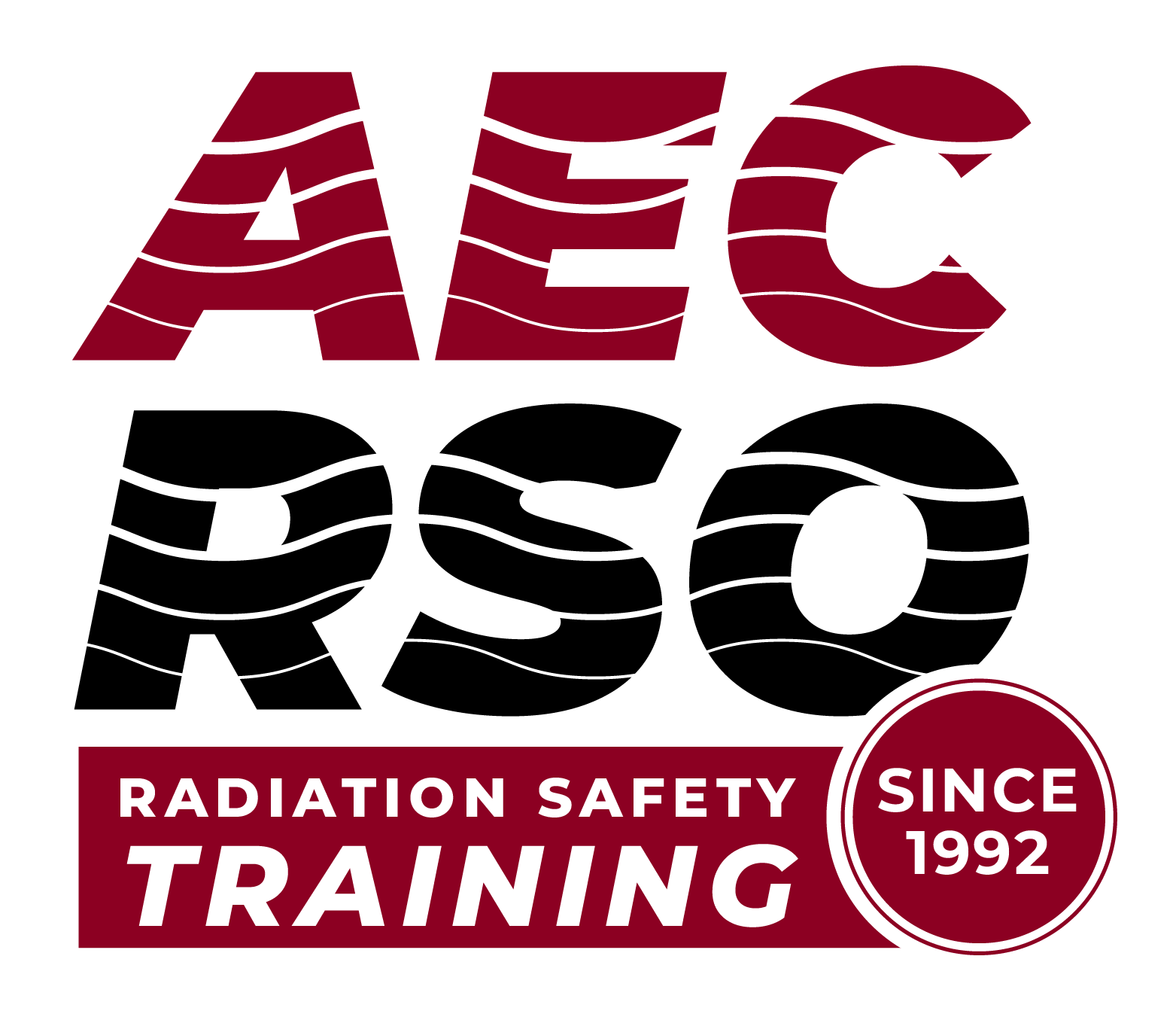TOPIC 8: Emergencies Spills
Let’s look at the anticipated EMERGENCY procedures and how to handle SPILLS.
—
When applying for the radioactive materials license, different types of EMERGENCIES are to be anticipated, these include:
Fire, Loss, Spills, Theft and Injury
Procedures for each of these EMERGENCIES are to be prepared and submitted to the agency for review.
Personnel are to be trained in these contingencies.
—
Leaks and Spills are the common types of EMERGENCIES and are obvious forms of potential contamination. Spills occur in facilities that use non-sealed sources. Leaks and spills are not a violation of the radioactive materials license. It is assumed by regulatory agencies that spills can happen. Therefore, it is a part of the application for a radioactive materials license to describe methods for handling leaks and spills. Leaks and spills can be classified as either minor or major spills.
—
Minor and Major spills can also be identified by the concentration of radioactive materials that is being spilled. The concern is an immediate potential dose to the workers. In a medical and laboratory setting, the amount of radioactive materials that is in the microcurie range can be considered MINOR; while if in the millicurie or above range can be considered a MAJOR spill. There is an exception to this depending on the type of radioactive materials. For example, transuranic and other alpha emitting materials that could potentially create a major contamination problem could be classified as MAJOR if in the microcurie amounts and MINOR if in the nanocurie quantities.
—
Major Spills involve the potential breaching of larger containers, creating problems of contamination and external and internal exposures. In such cases:
- Notify all other persons in the area at once.
- Clear the room of all persons except those needed to deal with the problem.
- Place a barrier, sign or have someone prevent ingress while help is being obtained.
- Provide containment to prevent further release of the materials to uncontrolled areas.
- Notify the RSO or Radiation Safety Staff.
- RSO may need to create a SPILL CONTROL form and notify the agency.
—
Minor spills can be cleaned with tissues or paper towels or other absorbent materials. The threat of contamination is small and minimal external or internal exposures is expected . In such cases:
Immediately don gloves or contact the lab manager for assistance.
Clean up the spill and dispose of the material in a plastic bag.
Properly label the bag as “Radioactive Materials,” indicating the radionuclide and date and estimate the amount of radioactivity contained.
Place the bag in the radioactive waste storage area.
Survey the area to assure the area is contamination free.
Notify the RSO or Radiation Safety Staff after completion of the task.
—
A Spill Kit contains the appropriate cleanup materials for the types of spills expected.
The spill kit should be checked at least annually to make sure that all of the components of the kit are present and functional.
The spill kit should be kept in the immediate vicinity of the highest potential of a spill.
Personnel are to be trained in the use of the components of the kit.
